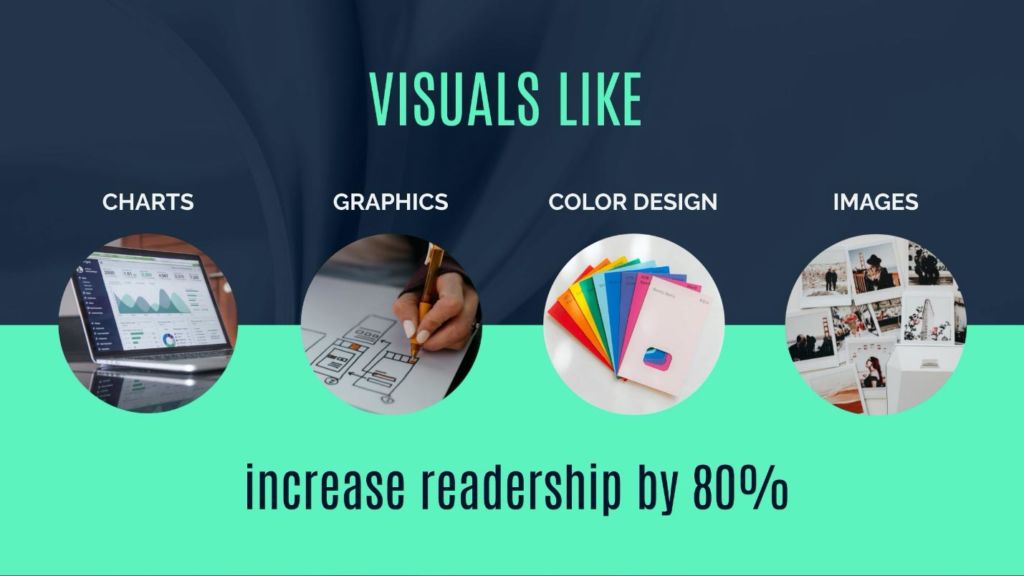Let’s be Honest.
Most intelligence products are boring, fail to capture stakeholders’ attention, and are quickly forgotten. Why? Because we as analysts too often forget that the production phase of the intelligence cycle is not only about presenting final intelligence outputs succinctly and accurately. Instead, the real “intelligence magic” occurs by manipulating and coordinating stakeholders’ experiences through thoughtful design and interface.
The intelligence community (IC) has long debated whether analysis is more akin to art than science. In 1983, national security historian Richard Immerman exhorted that “intelligence analysis is an art, not a science; there is a difference between a puzzle and a mystery.” However, the IC and the world have both dramatically changed since the 1980s, and analysts now have the resources available to elevate their tradecraft to the point of both art and science.
“Art and science have their meeting point in method”
– Edward G. Bulwer-Lytton
Modern-day intelligence outputs are fundamentally multi-source and produced using innumerable methods, software, and hardware. Similarly, most analysis is realized through the fusion of previously disparate and substantial larger sets of information and ultimately analyzed at a speed that would leave Immerman more mystified than puzzled.
These are Questions of Creativity, Medium, and Design.
While the IC has stepped up our collection and analysis game, many practitioners are stagnating in terms of production and dissemination capabilities. How do we best leverage emerging resources to improve the final outputs of the intelligence cycle? How can we better orchestrate the experiences of intelligence users? Have we lost a degree of tactile sensory engagement by providing stakeholders with digital reports? These are questions of creativity, medium, and design.
BLUF? We Need to Stop Lying to Ourselves.
When information is relayed in a visually engaging and interactive format, there is no reason to live by the proverbial “bottom line up front.” BLUF? We need to stop lying to ourselves. Why can’t everything presented in our analysis be offered to the stakeholder as “a bottom line?”
Interactive data visualizations such as the bar chart race below, demonstrating the evolution of terrorist and extremist violence in Southeast Asia by country, or this visual investigation from Justice for Myanmar, are limited examples of how analysts can better engage stakeholders with carefully curated but still engaging outputs; letting them explore intelligence on their own terms. Such an approach should, in theory, please both traditionalists and futurists, albeit neither camp will ever be completely satisfied; we are analysts after all.
It is Time to Look Beyond the IC’s Historical Echo Chamber.
Why should we, as practitioners, constrain ourselves to communication styles that will imminently be glanced over, half considered, and forgotten about the next day? Intelligence customers are not the problem; they are the customer. Rather, we have failed to create novel user experiences and will continue to fail unless we look beyond our historical echo chamber.
Maybe this is why so many academic intelligence and security management programs have failed to prepare their students for actual practice. We teach and concentrate on what has been done, how things have been done, and not what could be done. Don’t get me wrong, as analysts, it is essential to know our craft’s history, and my personal intel library is definitely worth a small fortune. However, today’s analysts should be following topic matters such as emerging marketing strategies, cognitive psychology, and data science.

Let’s Modernize Tradecraft Before Standardizing It.
There has been A LOT of discussion in recent years about codifying and professionalizing our industry, and yes, this is certainly a noble pursuit. However, before we look towards standardization, it would be prudent to look beyond our antiquated frames of reference. If other industries remained as stagnant as some sections of the intelligence community, we would all still be using Blackberries, TI-83s, and whiskey as field anesthetic.
We have to do better, and we can do better. If we cannot, maybe the overused and trite argument that artificial intelligence will replace intelligence analysts should come to fruition – not because that is a logical conclusion (it isn’t), but because as a profession, we have failed to remain innovative and adopt methods from outside our own field, and have become so insular that we cannot realize the practice of intelligence can finally become both art and science.
In Part II of this series, we will explore the science behind why the IC needs to evolve our approach to production and dissemination, adopting multimedia approaches, and take a co-pilot mentality when engaging our stakeholders.
Nickolas L. Allen, MPH, CPH, is a Strategic Intelligence Analyst at AT-RISK International with expertise in all-source intelligence, geospatial information systems (GIS), and applied data analytics and visualization. Before joining AT-RISK International, he worked for a major U.S. healthcare system and a Fortune 200 company. His ability to present complex data concisely and engage stakeholders was highly sought after by leadership.






